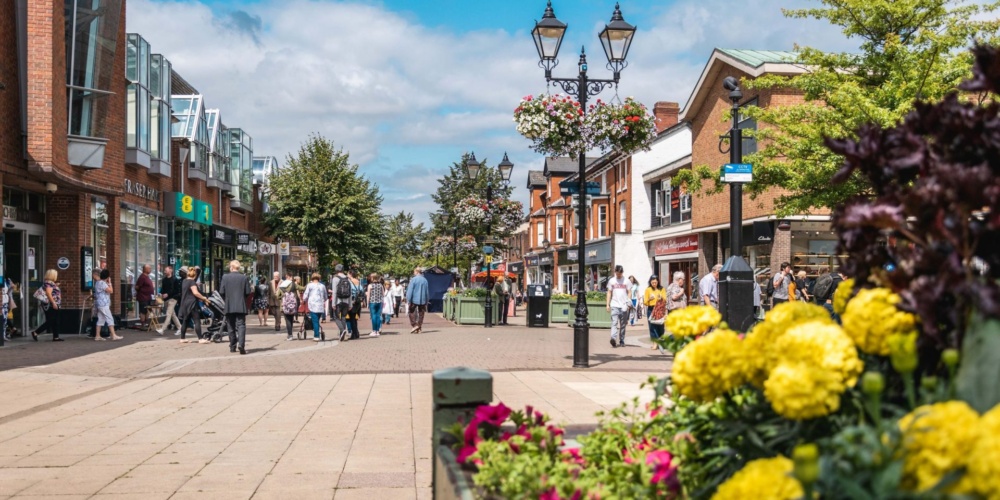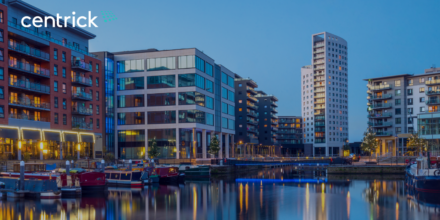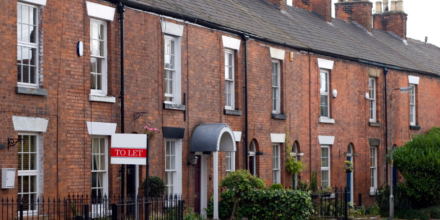Gary Sammons, Branch Manager at Centrick Solihull takes us through a market update for June 2021:
UK Market Overview: Market still frenetic but early signs of slowing due to record prices and lack of choice
- Price of property coming to market rises by a relatively modest 0.8% (+£2,509) this month, though still the largest rise at this time of year since 2015, and prices are now at a record in all countries and regions of Britain
- High prices combined with an all-time low in the number of available properties on agents’ books are starting to slow the market’s frenetic pace, with sales agreed in May 17% ahead of same period in 2019, slackening from April’s +45%
- Top-of-the-ladder buyers are more insulated from mass-market’s increasingly stretched affordability:
- Average prices up by £67,394 since March 2020 for properties in this sector (+12.3% compared to +7.5% for all properties)
- The number of sales agreed on properties over £500,000 in May was 49% above the same period in 2019, despite buyers knowing they will miss the maximum stamp duty saving that comes to an end in June
- Cash-rich relocators from more expensive areas also fuelling prices in fastest-growing regions:
- Welsh prices up by 14.6% since March 2020, and also the highest jump in buyer demand, up by 44%
- South West prices up by 11.4% with properties selling more quickly than ever recorded, resulting in fewest properties available for sale per estate agent of any region in England – just ten per agent branch
Overview
The price of property coming to the market rises by 0.8% (+£2,509) this month, pushing the national average to a new record high (£336,073) for the third consecutive month. This is a much smaller rise than last month’s 1.8% or April’s 2.1%, which alongside analysis of the activity of millions of home-movers on Rightmove, indicates an early sign of a slowing in the pace of the current hectic market. However it is still the largest rise at this time of year since 2015, buoyed by the strength of both the top end of the market and hotspot lifestyle change locations. This has resulted in new record highs for prices in all countries and regions of Britain, further stretching affordability for mass-market buyers whose ability to move is also affected by an unprecedented lack of choice of property to buy.
Tim Bannister, Rightmove’s Director of Property Data comments: “Buyer demand remains very strong, though with an all-time low in the number of properties available for sale on estate agents’ books and new stock at higher than ever average prices, there are early signs of a slowing in the frenetic pace. Since the market re-opened last May in England we have seen huge jumps in the numbers of sales being agreed, but these are now rising at a slower pace. Record low interest rates and stamp duty tax reliefs have helped many to afford higher prices, satisfying their pent-up desires for a new home fit for a new era. Some of that demand has now been met, and the phasing out of stamp duty reliefs has also taken away some of the urgency to move, though our high traffic and search data indicate that there is still strong buyer demand. However, higher prices combined with a lack of fresh choice coming to market are reducing some buyers’ ability or desire to move, and while we expect the market to remain robust, there are early signs of a slackening in the incredible pace of activity that we’ve seen over the last year. This super-charged activity cannot go on forever, but we expect the market to remain vigorous for at least the remainder of the year.”
Buyer demand continues to outstrip supply, and the market’s size is constrained until supply picks up again. The number of sales agreed by estate agents in May was 17% ahead of the comparable period of 2019, a slackening of the pace recorded in April when sales agreed were 45% higher than in April 2019 (2019 is the best comparison year since the market was effectively suspended until mid-May 2020). The average number of properties available for sale per estate agency branch is at an all-time low of just 17, falling even further from the record low of 19 in the previous month. This chronic shortage of choice of property to buy means that the number of sales agreed is bound to diminish unless that supply is replaced. While the number of sellers coming to market picked up in March and April, this uptick in new supply has failed to continue in recent weeks, with the number of properties coming to market now down by 17% on the comparable period in 2019.
Demand is particularly high in the top-of-the-ladder sector (typically made up of detached properties with four bedrooms or more) whose buyer wealth profile remains more insulated from the mass-market’s stretched affordability. The number of sales agreed for properties priced over £500,000, the majority of which will be in the top-of-the-ladder sector, was up by 49% in May compared to May 2019. This is despite buyers knowing they were certain to miss out on the maximum stamp duty saving that comes to an end in June. The housing market as a whole has seen an average price rise of 7.5% since March 2020 (+£23,448), but the top-of-the-ladder sector has seen a £67,394 price rise (+12.3%). Another cash-rich segment of the market is those who are relocating from more expensive areas, and their activity is also fuelling prices in the fastest-rising regions. Prices of newly marketed properties in Wales are up by 14.6% since March 2020, the biggest rise in Britain. The second-largest price rise is in the South West, up by 11.4%.
Bannister says: “The desire for a change of lifestyle often comes with the need for a change of location. That might be satisfied by buying a second home, or with more flexible working patterns a relocation of one’s main residence. Average prices in Wales are well below the national average, offering good value as well as beautiful rural and coastal surroundings. Buyer demand is up by 44% compared to a year ago, the highest increase of any part of Britain. The South West has been long-established as a second home hot-spot, but has seen renewed impetus from main residence relocators being unshackled from the traditional locations for their daily commute. This unprecedented demand has resulted in the lowest ever number of available properties per estate agency branch for any region in the country, down to just ten compared to the national average of 17. Some agents say that they’re pretty much sold out. It also has the fastest rate of sale in England for the first time ever, as demand from outsiders and local movers combine to make it the hottest selling region, with 28% of properties selling within a week of marketing on Rightmove. Those relocating to these more remote and lifestyle-rich locations from more expensive parts of the country have potentially bigger budgets than local purchasers, causing deteriorating local affordability.”









